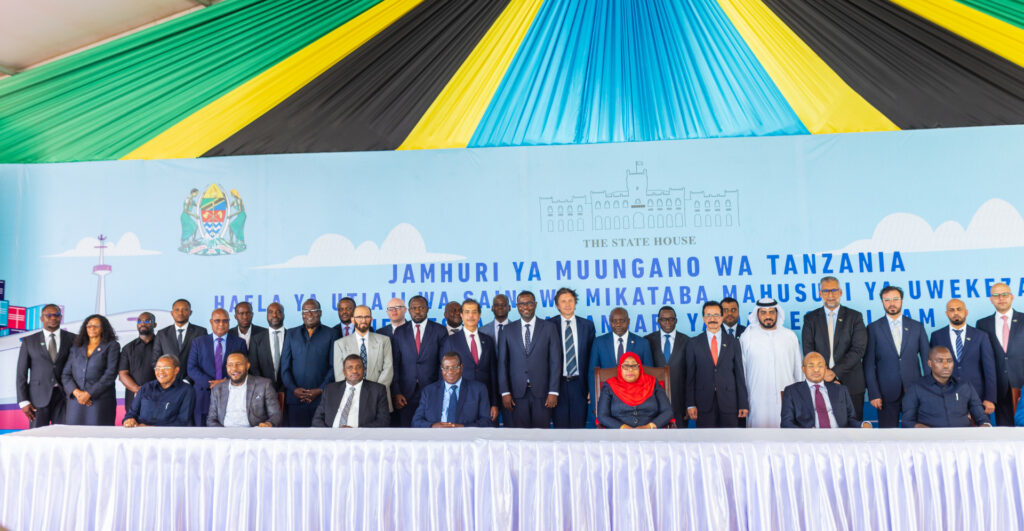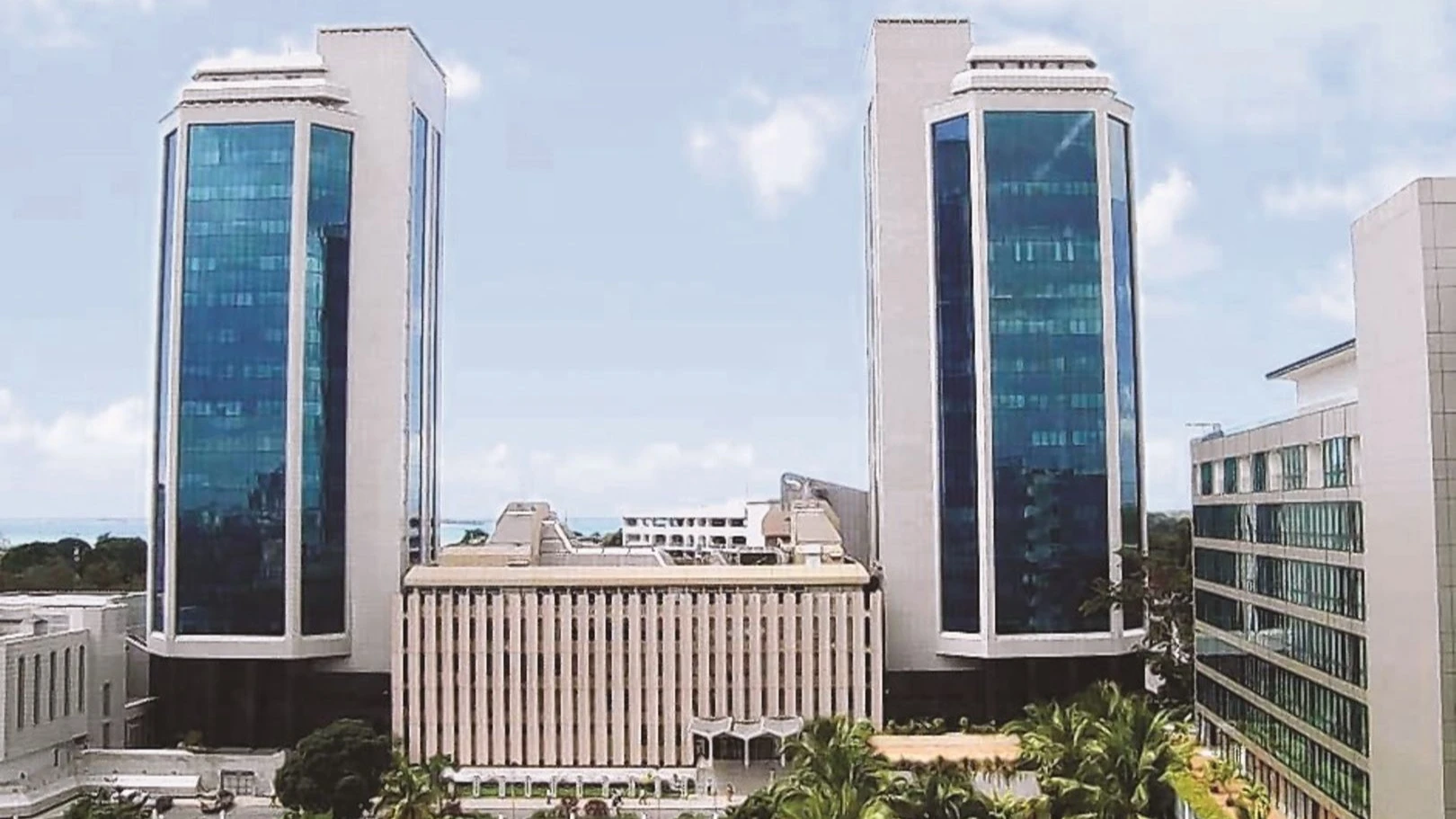

In April 2024, Tanzania’s collaboration with DP World, a global leader in logistics, marked a pivotal moment in the country’s ambition to modernize its critical infrastructure. This partnership, which began with an initial investment of $250 million and plans to scale up to $1 billion, has already transformed Dar es Salaam Port into a major hub for East African trade. This strategic initiative plays a central role in Tanzania’s broader vision of becoming a key logistics player in the region, with noticeable benefits already evident in the port’s efficiency, revenue growth, and regional connectivity.
Revolutionizing Port Operations for Economic Growth
DP World’s entry into Tanzania’s logistics sector has been marked by significant operational improvements at Dar es Salaam Port. A substantial portion of the initial $250 million investment, totaling TZS 214.425 billion, was dedicated to acquiring advanced cargo-handling equipment such as Sea-to-Shore Gantry Cranes (SSGs) and Rubber-Tyred Gantry Cranes (RTGs). These upgrades have drastically reduced container ship turnaround times, from an average of seven days to just three, significantly improving the port’s efficiency and reliability.
The impact of these improvements has been immediate and measurable. Waiting times for vessels at the port have dropped from an average of 35 ships in September 2023 to just 15 in September 2024. This reduction in delays has enhanced cargo flow, enabling the port to handle greater volumes and attracting more shipping lines to Tanzania.
Financial Growth and Cost Reductions
The financial benefits of DP World’s operational improvements are substantial. The Tanzanian government has collected TZS 325.3 billion through agreements with DP World, covering land rent, royalties, and wharfage fees. These funds are being reinvested into key infrastructure projects, such as the construction of a Single Buoy Mooring (SBM), the development of Mgao Island Port in Mtwara, and the expansion of the Dhow Wharves in Dar es Salaam. These investments, valued at TZS 1.922 trillion ($686.6 million), are essential for supporting sustainable trade growth.
A key achievement of the partnership has been the elimination of the $1,000 container demurrage fee, which had long burdened local businesses. By removing this fee, DP World has saved Tanzania $600 million annually (TZS 1.5 trillion), significantly reducing the cost of doing business and further enhancing the port’s competitiveness.
Strengthening Regional Trade and Connectivity
DP World’s improvements at Dar es Salaam Port have positioned it as a vital gateway for East and Central Africa. The port’s strategic location, coupled with improved operational efficiency, has made it the preferred choice for landlocked countries such as Uganda, Rwanda, Burundi, Malawi, the Democratic Republic of Congo (DRC), and Zambia. These nations, which rely heavily on maritime ports for their imports and exports, are increasingly choosing Dar es Salaam due to its lower costs and faster turnaround times.
The introduction of modern IT systems, including the integration of the Tanzania Customs Integrated System (TANCIS) with the Tanzania Electronic Single Window System (TeSWS), has further streamlined customs procedures. These systems have reduced clearance times and improved transparency, leading to a surge in tax revenues, which reached TZS 1 trillion in September 2024—up from an average of TZS 850 billion per month. These gains underscore the enhanced trade environment facilitated by DP World’s technological investments.
With the African Continental Free Trade Area (AfCFTA) coming into effect, the importance of Dar es Salaam Port is set to grow even further. The port’s enhanced capabilities align with AfCFTA’s goals of reducing trade barriers and fostering economic integration across Africa. As a key node in this emerging trade network, Dar es Salaam Port is well-positioned to support the seamless flow of goods throughout the continent.
Creating Jobs and Fostering Sustainable Development
Beyond economic growth, the partnership with DP World has generated substantial social benefits, particularly in terms of job creation. Since the project’s inception, over 30,000 direct jobs have been created at Dar es Salaam Port, with an additional 150,000 indirect jobs generated through expanded trade activities and improvements in the supply chain. This job creation has provided a significant boost to local economies, increasing household incomes and supporting community development.
Sustainability has also been a key focus for DP World, as the company integrates environmentally friendly practices into its operations. The investment in energy-efficient equipment, such as electric-powered cranes, aligns with Tanzania’s sustainable development goals and contributes to a greener logistics sector. This focus on sustainability supports Tanzania’s long-term environmental objectives and reduces the carbon footprint of port activities.
A Future-Focused Partnership for Regional Integration
The partnership between Tanzania Ports Authority (TPA) and DP World represents a transformative phase in the modernization of Dar es Salaam Port and Tanzania’s broader logistics infrastructure. With plans to increase the investment to $1 billion over the coming years, the focus will be on further enhancing port capacity, integrating additional transport corridors, and developing the Standard Gauge Railway (SGR) and revitalizing the TAZARA railway systems. These projects will improve inland connectivity, reduce transportation costs, and enhance supply chain efficiency across Tanzania and beyond.
This collaboration is also aligned with broader regional initiatives, such as China’s Belt and Road Initiative (BRI), which focuses on infrastructure development and trade connectivity. The synergy between Tanzania’s infrastructure development and the BRI positions the country as a model for successful public-private partnerships that drive economic growth and regional integration.
Under the leadership of President Dr. Samia Suluhu Hassan, these strategic investments are positioning Tanzania to become a key trade gateway in East Africa. With a modernized port, enhanced rail connectivity, and a commitment to sustainable development, Tanzania is on track to increase its competitiveness, drive regional prosperity, and contribute to Africa’s economic future. This partnership exemplifies the power of global expertise working in harmony with local ambitions to achieve long-term, shared success.


